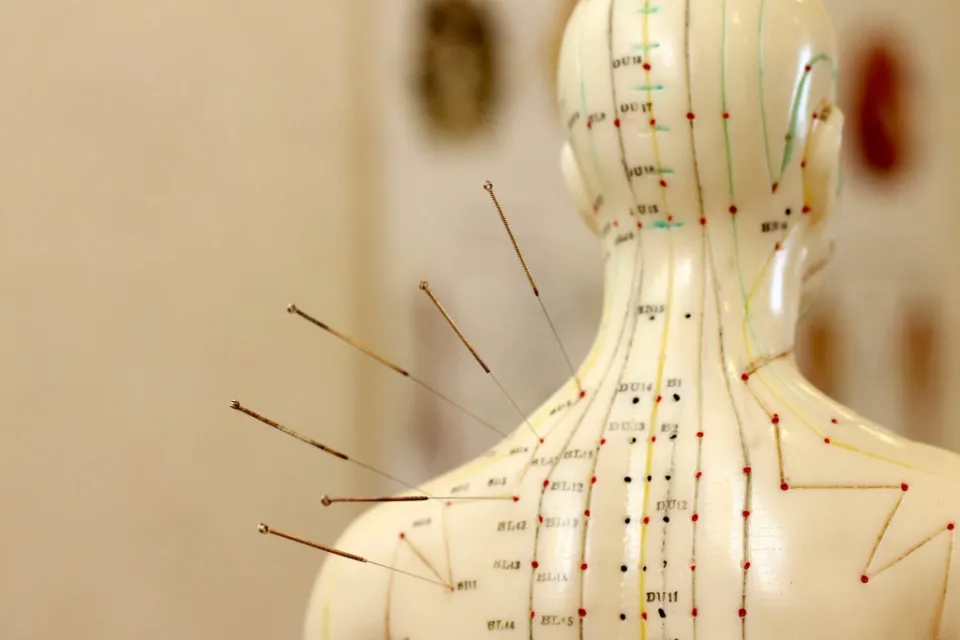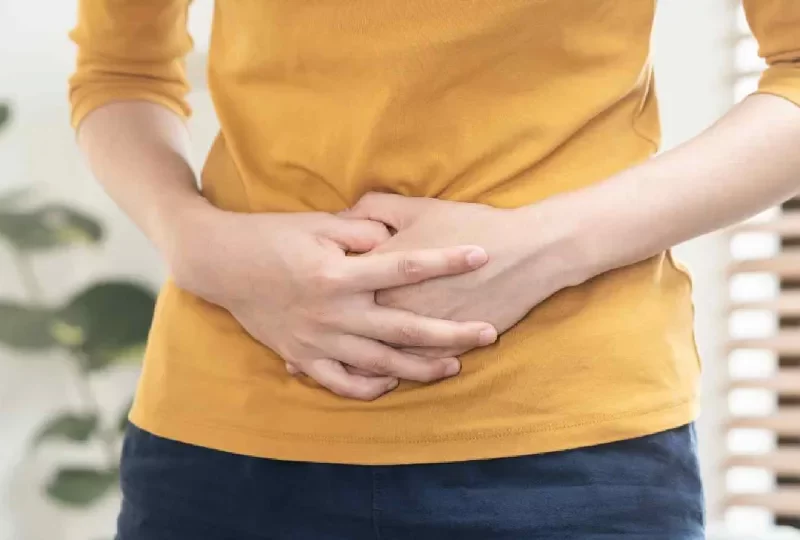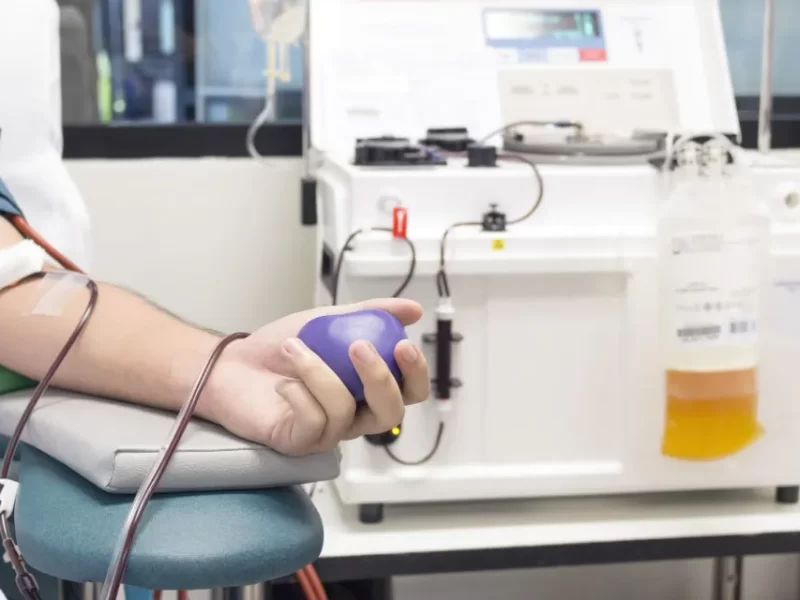The use of acupuncture dates back thousands of years and originated in Oriental medicine. It has become more and more popular in the West over the past few decades.
The body has at least 2,000 acupuncture points, according to practitioners of traditional Chinese medicine. The World Health Organization (WHO) developed A Proposed Standard International Acupuncture Nomenclature Report in 1991, which identifies 361 acupuncture points.
Continue reading to discover more about acupuncture and acupuncture points.
Related: How Often Should You Get Acupuncture: Follow These Things – Elder VIP
What is Acupuncture?
The act of acupuncture involves inserting fine, solid, metallic needles into the skin, which are then stimulated with either electrical stimulation or small, precise hand movements by the practitioner.
Traditional Chinese medicine, which dates back thousands of years, includes acupuncture. The more than 2,000 acupuncture points on the human body, according to traditional Chinese medicine practitioners, are connected by pathways or meridians. These pathways create an energy flow (Qi, pronounced “chee”) through the body that is responsible for overall health. Disease can result from an interruption in the energy flow. It is believed that by applying acupuncture to specific points, one can enhance Qi flow and thus one’s health.
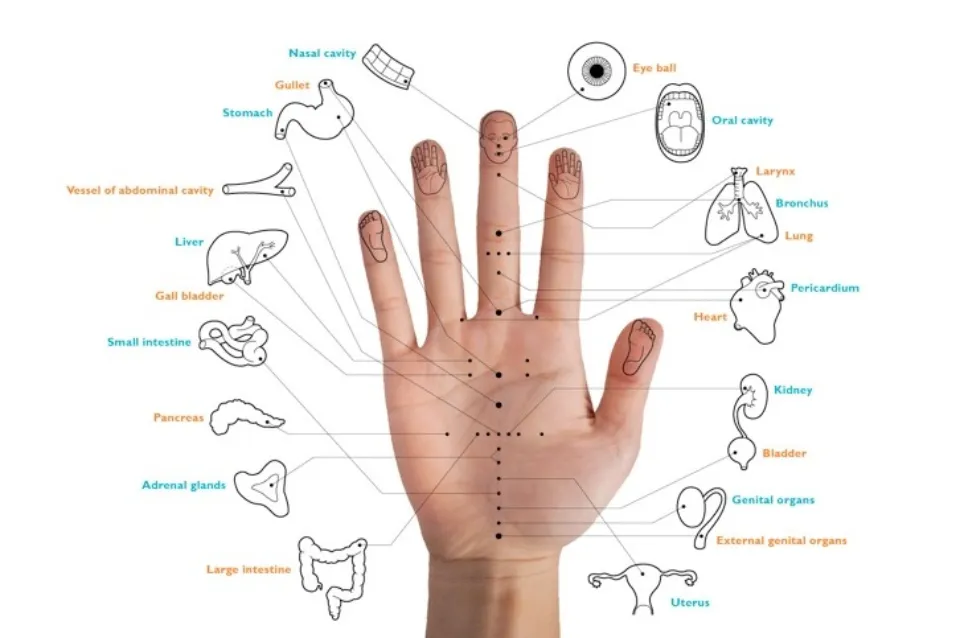
Acupuncture is effective for a number of conditions, according to studies.
Not everyone should get acupuncture. If you decide to visit an acupuncturist, first discuss it with your doctor. Then, look for a professional who is licensed and has the necessary education and experience.
How Does Acupuncture Work?
Read more: How Do You Know If Acupuncture is Working: Many Ways! – Elder VIP
Hair-thin needles are used for acupuncture. The majority of people claim to only experience minor pain during needle insertion. A pressure or ache is felt after the needle is inserted to the proper depth. In the course of treatment, needles may be heated or exposed to a gentle electric current. Acupuncture has the ability to energize some people, according to some. Others claim to be at ease.
Pain during treatment can result from improper needle placement. In order to stop infection, needles must be sterilized. For this reason, getting acupuncture treatment from a licensed professional is crucial. Similar to how it regulates other medical devices, the FDA enforces single-use sterility standards and good manufacturing practices for acupuncture needles.
Instead of needles, other forms of stimulation are sometimes used over the acupuncture points, including:
- Heat (moxibustion)
- Pressure (acupressure)
- Friction
- Suction (cupping)
- Impulses of electromagnetic energy
How Many Acupuncture Points Are There?
There are at least 2,000 acupuncture points in the body, according to practitioners of traditional Chinese medicine.
The World Health Organization (WHO) developed A Proposed Standard International Acupuncture Nomenclature Report in 1991, which identifies 361 acupuncture points.
Acupuncture points are categorized by the WHO based on where they are on each of the fourteen principal meridians.
Eight additional meridians, 48 additional acupuncture points, and additional scalp acupuncture points are all identified by the WHO’s standard nomenclature.
There are many acupuncture points, in other words, regardless of how you approach it.A quick overview of the 14 primary meridians according to WHO:
- Bladder – starts in the eye, travels through the forehead, crosses the top of the skull, and splits in the back just below the hairline. While one branch runs just to the outside of the spine and down the back of the leg to the heel, the other travels straight down the shoulder blade and down to the middle of the low back. on both sides of the body, there are 67 different acupuncture points.
- Conception Vessel – is a straight line that starts just above the middle of the pelvic bone and runs the entire length of the body, ending just below the lower lip. consisting of 24 distinct acupuncture points.
- Gallbladder – zigzags back and forth across the skull beginning at the inner corner of the eye, runs down the neck across the shoulder, and then zigzags back and forth across the chest and abdomen. The fourth toe’s tip is reached by following the outside of the leg and foot down from there. each side of the body has 44 different acupuncture points.
- Governing Vessel – stretches directly up the middle of the body, over the skull, and finishes just above the upper lip. It starts just above the tailbone. has 28 various acupuncture points.
- Heart – starts in the armpit and extends all the way to the tip of the little finger on the near side of the arm. includes nine distinct acupuncture points on each side of the body.
- Kidney – starts in the arch of the foot and extends up the inside of the leg, just to the side of the midline of the chest and abdomen, to the collarbone. contains 27 distinct acupuncture points on both sides of the body.
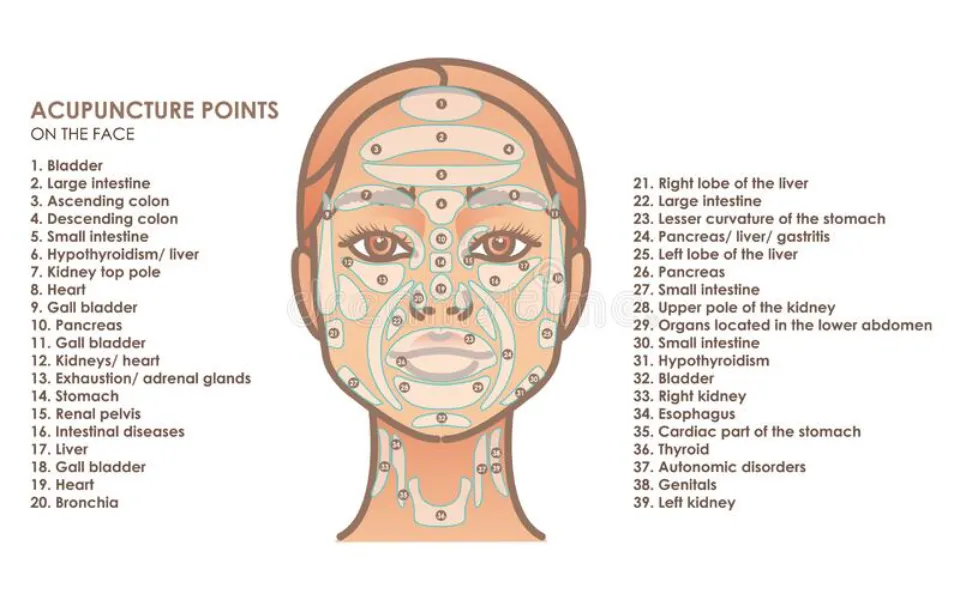
- Large Intestine – runs from the index finger’s tip up the upper side of the arm, across the collarbone, up the cheek, and up to the nose. It then runs from the highest point of the shoulder to the tip of the index finger. consists of 20 distinct acupuncture points on both sides of the body.
- Liver – originates in the great toe and ascends the inside of the leg to the groin before crossing the body and ascending to just below the nipple. contains 14 distinct acupuncture points, 14 on each side of the body.
- Lung – starts on the chest just under the armpit and extends all the way down the top of the arm to the thumb. includes 11 distinct acupuncture points on both sides of the body.
- Pericardium – stretches all the way down the arm to the tip of the middle finger from the side of the nipple through the armpit. includes nine distinct acupuncture points on each side of the body.
- Small Intestine – starts at the tip of the little finger and extends up the outside of the arm, around the shoulder blade to the neck, up to the eye, and across to the ear. contains 19 distinct acupuncture points on both sides of the body.
- Spleen – starts at the tip of the big toe and extends up the leg to the thigh, through the groin, across the abdomen, and up the ribs to a point on the chest beneath the armpit. each side of the body has 21 different acupuncture points.
- Stomach – comes from directly below the eye’s pupil, descends the nose, and splits at the jaw. One portion travels up the scalp, and the other descends through the thigh, through the neck, chest, and abdomen to the side of the second toe. includes 45 distinct acupuncture points on both sides of the body.
- Triple Energizer or Triple Warmer – starts at the ring finger’s tip, moves up the arm to the shoulder, up the neck to the ear, across the forehead, down the cheek, and ends at the end of the eyebrow. each side of the body has 23 different acupuncture points.
- Cardinal Points – Cardinal points are specific acupuncture points for a certain condition or region and are referred to as such. P6, for instance, focuses on the respiratory system, whereas TW5 focuses on the ear. While GB34 affects the bones, GB20 affects memory and thought processes, ST36 boosts energy. In diabetic patients, BL17 can help control blood sugar levels.
Summary
Are these acupuncture points effective then? Are they supported by science? The effectiveness of acupuncture in treating fibromyalgia and other chronic pain conditions has been well established. Additionally, it has been shown to help with nausea brought on by chemotherapy and surgical anesthesia.

